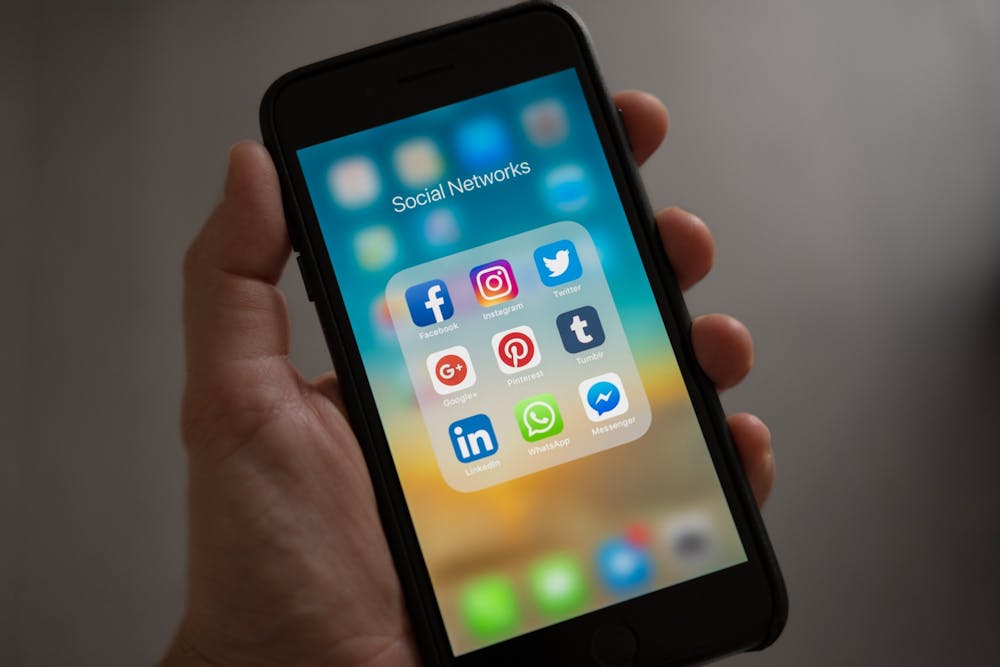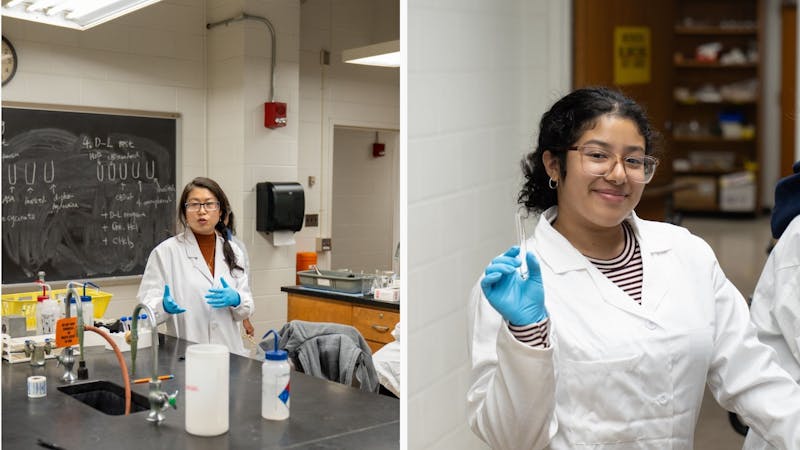The Coronavirus pandemic and the advent of social distancing have made the use of social media an essential source of staying in touch with co-workers, friends and family. While there are many positive uses for these platforms, some dangerous social media sites and fads exist that can create risks to the lives and health of young adults and adolescents.
Social media has become an integral part of our day-to-day lives. It serves as a great influence on the interactions we have with the world around us. Media such as Facebook, Twitter, Snapchat, YouTube, Tic Tok, Instagram and so on have become sources for forming and maintaining friendships. These sources also aid in the development of social circles, community building and socialization all simply by using a tablet, computer or smartphone. These devices and platforms make it easy to stay in touch with your community, learn new things, entertain, meet new people and socialize all within the privacy of your home.
The individuals that create these posts, apps, platforms and challenges, also known as social media influencers, may make some of these acts more risky in order to increase the number of viewers, likes, subscribers and followers. They also strive to make videos and sites more interesting and popular, thus appealing to the young and impressionable.
Some of the most widely attempted and well-known posts on social media include the "in my feelings" challenge, the "Tide Pod" challenge, the "cinnamon" challenge, the "choking game" and the "salt and ice" challenge, all of which have the potential to result in bodily injury or death. Recently, there have been reports of challenge participants sustaining burns to the mouth and throat, respiratory difficulties, head injuries, other severe physical trauma and death. Within the last few years, there have been several studies and reports about social media and the impact it has on adolescents' and young adults' developing brains. One report explained that the brain's prefrontal cortex, the part of the brain responsible for rational thought, is not fully developed until an individual reaches their mid-twenties. This could mean that the age group most commonly using social media is more impulsive and likely to act without thought of consequence.
The social environment and peer pressure, whether they be in person or online, play a role in young adults' and adolescents' actions, impairing their ability to think rationally about their choices and the possible consequences. An article appearing in The American College of Obstetricians and Gynecologists affirms that “young adulthood and adolescence is a time of significant developmental changes, during which adolescents exhibit a limited capacity for self-regulation and an increased susceptibility to peer pressure and experimentation.”
Other potential risks young adults and adolescents may face can include victimization due to cyberbullying or using dating sites or apps, and exposure to dangerous pornographic material. Some of these can lead to alcohol and illegal substance abuse, internet addiction, sleep deprivation and other mental health concerns, like body image disturbance, eating disorders, depression, anxiety and possible suicide. Some young adults and adolescents who have utilized these platforms exhibit high-risk sexual behavior, and have been found to have an increased risk of developing sexually transmitted diseases such as gonorrhea, chlamydia, syphilis, exposure to HIV and pregnancy.
For young, college-aged adults, it is important to remember that the use of social media has both positive and negative implications. Distractions from academics and responsibilities is inevitable, especially with the vast array of social media platforms available to combat boredom. However, it is important to remember to monitor, limit and self-regulate the type of information you are viewing and responding to, as well as the amount of time spent on these platforms. Physical, social, emotional health and wellbeing are essential to a safe and successful academic experience.
Any student with concerns regarding the impact of social media on their mental and physical health should seek care with a medical provider right away. Kean University Student Health Services and Kean University Counseling Services are available to assist you. You are not alone.
References:
https://www.healthychildren.org/English/family-life/Media/Pages/Dangerous-Internet-Challenges.aspx
https://www.ncbi.nlm.nih.gov/pmc/articles/PMC2892678/
https://www.urmc.rochester.edu/encyclopedia/content.aspx?ContentTypeID=1&ContentID=3051
This article was written by Carolyn M. Smith, MSN, family nurse practitioner for Student Health Services.
For more information on Student Health Services, check out their Kean web page. For questions, contact them at hsnurses@kean.edu or (908) 737- 4880.






